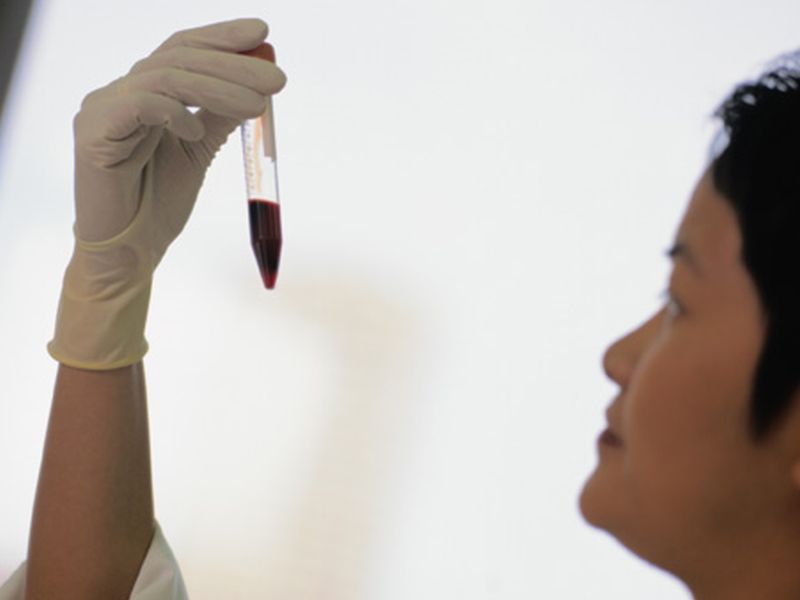
Scientists report they’ve pinpointed which immune system cells trigger allergies.
The discovery may someday lead to a blood test that improves treatment, they suggest.
These cells “represent a common enemy to every allergic individual that we can now easily track,” said study author Erik Wambre. He’s an immunology researcher at Seattle’s Benaroya Research Institute at Virginia Mason.
Allergic reactions stem from an inappropriate immune response to usually benign substances such as mold, pollen or peanuts. In the United States, almost 50 million Americans have nasal allergies, and as many as 200 die from serious food allergies a year.
According to Wambre, more “biomarkers” — signs of illness that can show up in tests — are needed to improve allergy detection and assess treatment.
At the moment, doctors rely on skin pricks to test your reaction to allergy-causing substances, or use blood tests that show if your immune system reacts to certain substances, Wambre said.
But these tests aren’t always accurate, and there’s no accepted way to use the results to predict someone’s response to treatment affecting the immune system, he explained.
That’s where the blood test Wambre and his colleagues are developing comes in. (Wambre and another co-author disclosed in the study that they are inventors of the testing analysis and seeking a patent.)
The study authors report they’ve developed a way to detect so-called type 2 helper T-cells (TH2) that reveal if a person has an allergy — although it doesn’t specify to what substances.
“Up until now, we couldn’t easily identify the TH2 cells triggering allergies from the one protecting the body from parasites, bacteria or viruses,” Wambre said.
But the researchers said they found a kind of “signature” on the cells that cause a reaction to common allergens such as peanut, grass pollen, mold, cat dander, tree pollen and dust mites.
Their study involved 80 patients with allergies and 34 without allergies.
“These cells were present in every person with allergies and almost entirely absent from people who don’t have allergies,” Wambre said.
The test he has in mind would be simple, not need much blood and perhaps cost $100, he said.
A more complex procedure would be required to tell you “whether you are specifically allergic to peanut or milk, for example,” he said.
However, he said, the trial results suggest this could be a good test “to determine the likelihood of resolution of an allergy.”
Other researchers praised the study but noted its limitations.
Peter Adler Wurtzen is a senior research scientist with the ALK drug company in Denmark.
Adler, who wasn’t involved in the report, said the test could be useful to tell if long-term treatments are working. That information could then benefit clinical research regarding development of new drugs.
He doubted the blood test would be used to diagnose allergies because existing tests work well.
Dr. Mohamed Shamji, an associate professor in immunology and allergy at Imperial College London, said more studies are needed to make sure the test is effective.
David Cousins, co-author of an editorial accompanying the study, wrote that the findings “bring us a step closer to identifying and understanding the enigmatic T-cells underpinning allergy.”
The new blood test could potentially be useful for diagnosis and treatment but not prevention, said Cousins, a professor of respiratory science at the University of Leicester in England.
The study was published Aug. 2 in the journal Science Translational Medicine.
More information
For statistics on allergies, see the U.S. Centers for Disease Control and Prevention.
Source: HealthDay

Leave a Reply